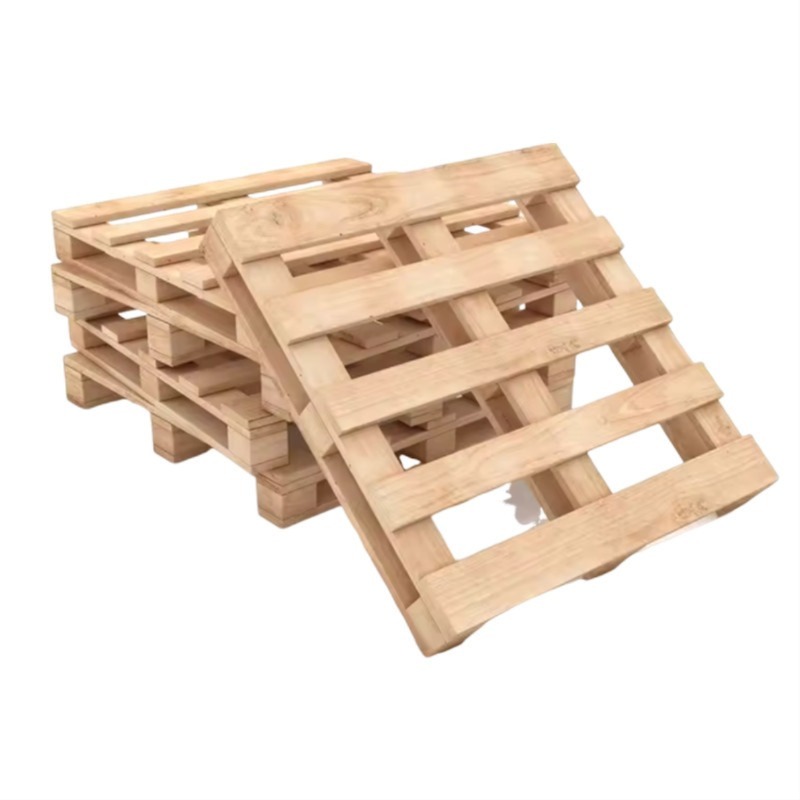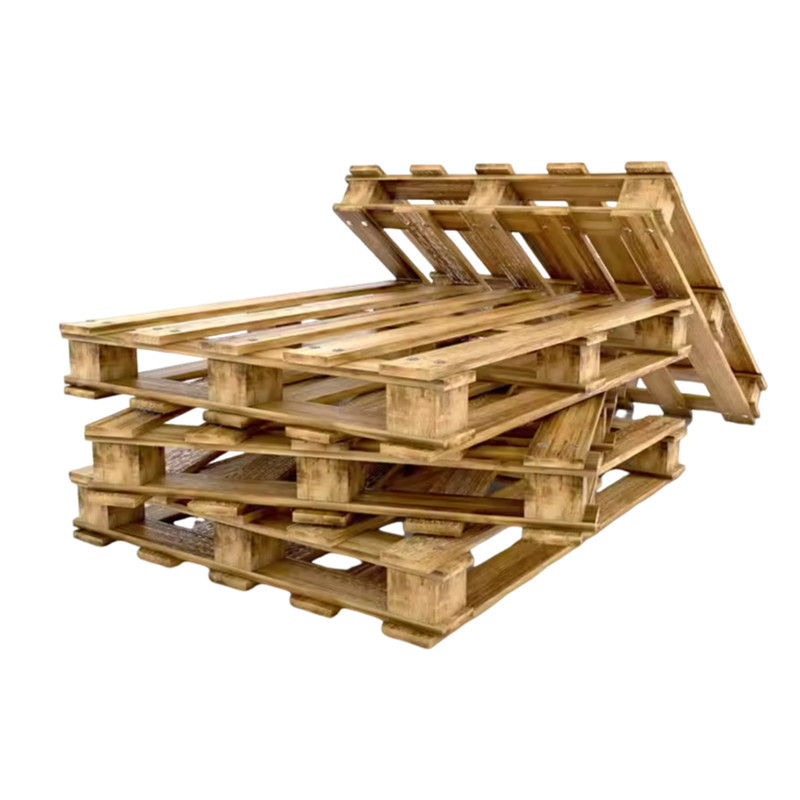What is a plastic tray?
Release time:
2024-07-19
Plastic pallet (Plastic Pallet) is a kind of logistics unit used with forklifts, shelves and other logistics equipment. It is mainly used for storing, loading and handling goods. It is one of the essential logistics equipment in modern logistics storage. The following is a detailed analysis of the plastic tray:
1. material composition
Plastic trays are usually made of plastic materials such as polypropylene (PP) or polyethylene (PE). These materials have a series of excellent characteristics, such as light and strong, chemical resistance, easy cleaning, etc., making them ideal for the manufacture of pallets.
- Polypropylene (PP): A thermoplastic resin with excellent chemical resistance and impact resistance. The pallet made of PP has a smooth surface and is not easy to deform, which is suitable for the storage and transportation of light and medium goods.
- Polyethylene (PE): A common plastic material with good wear resistance and impact resistance. The pallets made of PE have high carrying capacity and cold resistance, and are suitable for the storage and transportation of heavy goods.
2. Features and Benefits
- Durability: Plastic pallets have high carrying capacity and wear resistance, can withstand multiple handling and stacking, and extend the service life.
- Environmental protection: Using plastic pallets instead of wooden pallets can reduce the damage to the forest and meet environmental protection requirements.
- Easy to clean: The flat surface of the plastic tray is easy to clean and disinfect, which helps to maintain the hygiene and safety of food.
- Anti-corrosion and moisture-proofPlastic tray has anti-corrosion, moisture-proof characteristics, suitable for a variety of harsh environments.
- VersatilityPlastic pallets are widely used in food, chemical, retail, medical, automotive, electronics and other industries.
3. Dimensions
There are various sizes of plastic pallets, but in the Chinese market, the more common specifications include 1100mm × 1100mm and 1200mm × 1000mm. The choice of these specifications is closely related to the production process, cost and use requirements of the pallet.
4. production process
The production process of plastic pallets mainly includes the steps of raw material preparation, heat sealing welding, shaping cooling, trimming and inspection. In the production process, it is necessary to accurately control key parameters such as heating temperature and pressure to ensure the quality and performance of the pallet.
Previous article
Previous article
BLOG
What is the european standard tray?
The European standard pallet is a kind of pallet manufactured in accordance with European standards. Its design and specifications are in line with international standards and have a wide range of applications and recognition. This article will introduce in detail the characteristics, advantages, application scenarios and future development trends of the European standard pallet.
Plastic pallet (Plastic Pallet) is a kind of logistics unit used with forklifts, shelves and other logistics equipment. It is mainly used for storing, loading and handling goods. It is one of the essential logistics equipment in modern logistics storage. The following is a detailed analysis of the plastic tray:
What is the european standard tray?
The European standard pallet is a kind of pallet manufactured in accordance with European standards. Its design and specifications are in line with international standards and have a wide range of applications and recognition. This article will introduce in detail the characteristics, advantages, application scenarios and future development trends of the European standard pallet.
The difference between European standard pallet and national standard pallet
There are significant differences between European standard pallets and national standard pallets in many aspects, which are mainly reflected in standard formulation, size specifications, material and anti-corrosion treatment, load-bearing capacity, application scenarios and international recognition.









